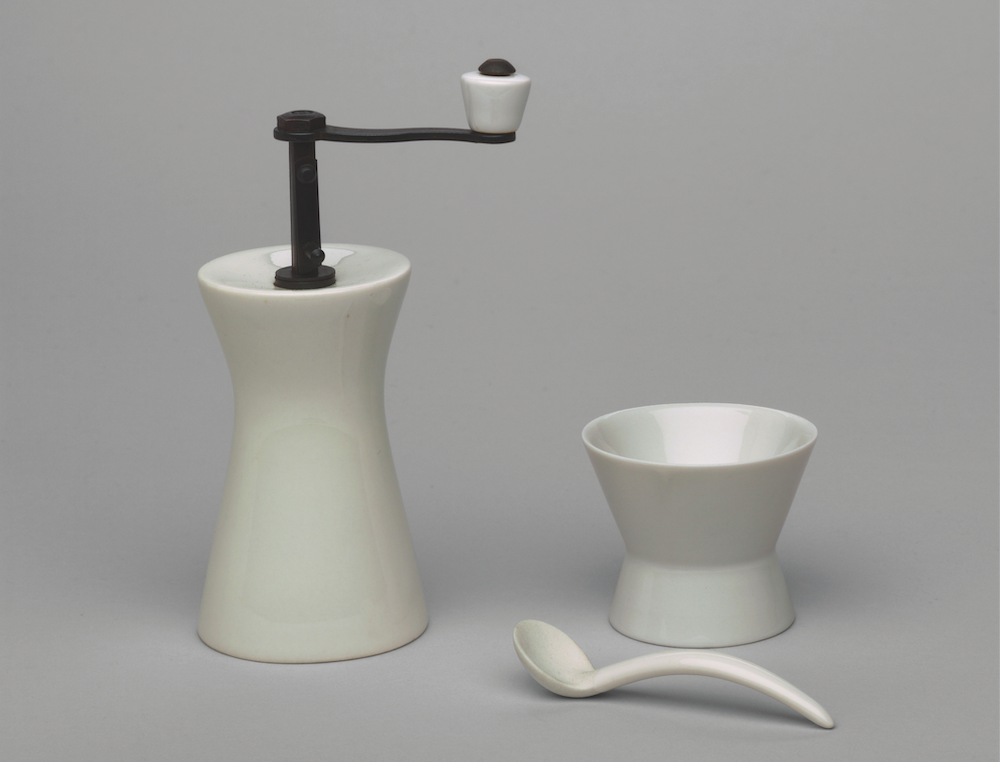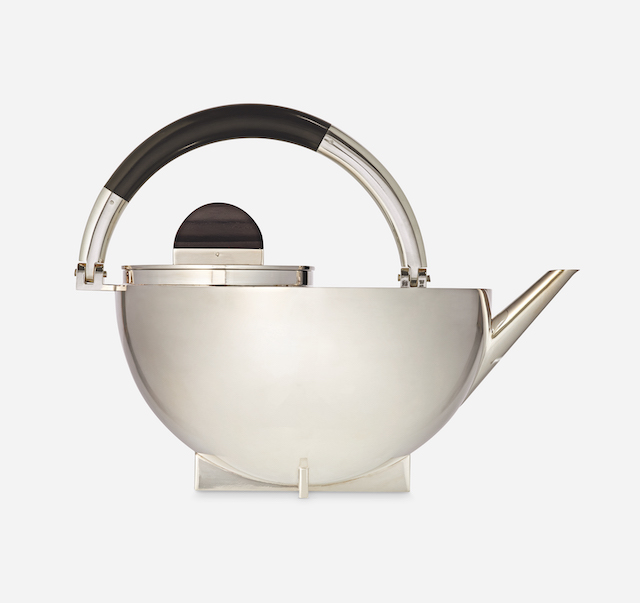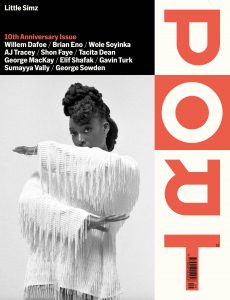Fun, frivolity, and uselessness – Jane Hall explores countercultural strategies for a feminist approach to design

It is 1965 and ceramicist Trudi Sitterle is posing in her upper-New York State kitchen for a photograph to accompany her profile in the New York Times, while making a salad. Although Sitterle described herself as a housewife for the piece, she probably wondered what exactly preparing lunch had to do with her work, which, at any one time, involved the design and production of a 30-piece range of porcelain tableware manufactured by hand in her homemade basement kiln. Sitterle is one of the most respected American mid-century modern designers, her elegant, monochrome porcelain salt and pepper shakers now part of the Museum of Modern Art’s permanent collection. At a time when not even condiment dispensers were left untouched by modernism’s all powerful reach, the duality of Sitterle’s identity, depicted in the profile as both housewife and craftsperson, with the former given precedent, is telling. It was permissible for women to work independently as designers in the post-war period, yet design itself was not expected to emancipate them from their core duty as caregivers.
In this respect, Good Design has a lot to answer for. Proponents of the Good Design movement, in the 1950s, set out to change the material wealth of North American society through the advent of affordable furniture, product, and lighting design – serving to make the interior of homes look modern even if social structures weren’t. And yet Good Design was good for women as designers, on the whole. For the first time those such as fellow ceramicist Eva Zeisel and furniture designer Ray Eames gained visibility within the museum’s rarefied gallery spaces as part of a five year programme of exhibitions. Promising affordability and utility for the masses, furniture design was something, it was thought, that women might actually know something about. The exhibitions brought widespread acclaim to designers like Eames, whose chairs have become a ubiquitous symbol of modernity, furnishing schools, offices and homes worldwide. However, with the legacy of Good Design now felt globally, driven by its focus on exchange rather than use value, it is unclear whether the original intention to transform society has simply become an aesthetic language for profit at all material and social cost.
Back to that photograph. Intriguingly, while the New York Times asked Sitterle and her daughter to provide a recipe for publication alongside lavish descriptions of their social engagements both inside and outside their Croton Falls home, it also included an image of the whole family, Sitterle’s husband and both daughters, smiling and each holding an ambiguous (at best) porcelain sculpture, created collaboratively and playfully for the simple joy of making something useless. The gendered nature of the article legitimises family life for inclusion in print; a seemingly benign aside that works via the insinuation of frivolity, to undermine Trudi Sitterle’s professional accomplishments. And yet what it reveals is something of her design process, and, importantly, a further slippage: Sitterle had fun! The Sitterles in fact considered fun central to the production of their ceramics, believing that the spirit of art had become “depreciated by rationalisations” such as uniformity, durability and profit. So while Trudi Sitterle’s ceramics certainly play to Good Design aesthetics, this celebration of joy and uselessness in their making counters much of how the modern movement has come to be historicised, framed by a minimalist tendency to express efficiency in its production above and beyond everything else.

And yet fun has been part of the story of modernism since its avant-garde European origins in early schools such as the Bauhaus, where celebratory parties organised by students proved to be a hotbed for much of the material and formal experimentation that found its way into the furniture, textile, and metal workshops. For example, Marianne Brandt’s oversized spherical metal objects created for her costume-like necklaces are a precursor to the curved forms that make her tableware so distinct. Foundational schools that subsequently emerged in America such as Black Mountain College in North Carolina were renowned first for the community and culture they fostered, before the work that was produced there. In both cases intentionally unusual and sometimes subversive activities were the mode of production, the process of making considered as significant as an object’s form in revolutionising the way we live.
Despite its questionable journalism, in celebrating the Sitterle family’s silliness the New York Times article inadvertently elevates being with and caring for family as an indistinguishable part of daily life but also of design. Being a woman designer, concerned with what tend to be gendered marginal or minor activities, constitutes a form of difference that operates outside the misogynistic norms that govern design as a whole. Women, however, are often encouraged to deny their gender and its socially constructed context as a way of gaining parity professionally with their male peers; so insidious is the patriarchy, its greatest achievement is its ability to convince women that a position of neutrality is the most radical form of opposition to it that one can adopt. Taken seriously then, joy, fun, frivolity, laughter, and uselessness are just some of the many countercultural strategies that form part of a feminist approach to design, creating a broader vocabulary for describing non-commercial value, which will invariably be of benefit to everyone. Perhaps more national newspapers should report on what their featured designers cook for lunch.
Woman Made by Jane Hall was published by Phaidon, September 2021

This article is taken from Port issue 29. To continue reading, buy the issue or subscribe here




